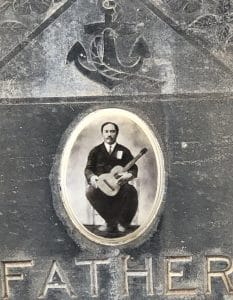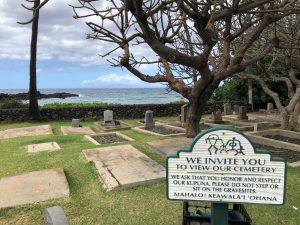Music of the Sandwich Islands
A Mexican or Portuguese cowboy /Paniolo was purported to have brought the guitar to the Sandwich Islands in the early 1800’s.
He came to these islands as a hired hand to work the cattle that were being brought on to the islands.
The cattle were to feed the growing work force of sugar cane workers and pineapple growers.
The islands were being populated far earlier than many parts of North America.
Dozens of concrete bridges on the way to Hana were being poured in the 1920’s in anticipation of an incredible expansion of the islands.
Sugar and pineapples were an incredible commodity, they made fortunes for the land owners of Hawaii.
The profits were so great that land negotiations became life and death situations.
By 1898 A coup was staged and these islands came under control of the U.S. military and hence the U.S.A.
It was one of our last (most visible) quests of colonial empire.
By the early 1900’s it was purported that a sugar cane worker or perhaps a pineapple worker was walking home after a long day of work.
He had his guitar on his back and picked up a bolt off the railroad track.
Upon placing the bolt against the strings of his guitar he was astonished to hear a sound that had never been produced before.
This was the birth of Hawaiian guitar music.
The person (whose name is lost to history) was purported to have cloistered himself up for an indeterminate amount of time.
When he presented his newly found craft to the public it was an immediate success.
A new genre of music was borne.

He certainly knew the guitarist that created this new musical curiosity.
He eternally resides just south of the thriving city of Kihei, Maui in the Keawala’i Congregational Church Cemetery.
By the 1920’s the Tao Moe family was traveling the world performing “Hawaiian” music and by the late 1930’s they were caught outside of their empire.
WW2 transpired and they found themselves stranded in India as they assimilated their Hawaiian sounds with the Hindustani peoples of India.
Curious evolutions continued and decades later the Beatles from Liverpool found themselves immersed with the transcendental movement of sitar player Ravi Shankar.
Today the Hawaiian guitar playing of the Tau Mou family evolved into the Hindustani guitar of Debashish Battacharria a world renown musician that floats in those same circles as Ravi Shankar’s daughter.
The evolution of this music was so profound that it is nearly unintelligible to the simplistic rhythms of mainstream American music listeners.
Today a simple gravestone on the Kehei side of Maui at the Congregational Church serves as a testament to the ethnomusicological and cultural assimilation that occurs within societies that communicate.
They communicate with thoughts, words, and music.
Music really does make the world go round.
www.billkeitel.com
